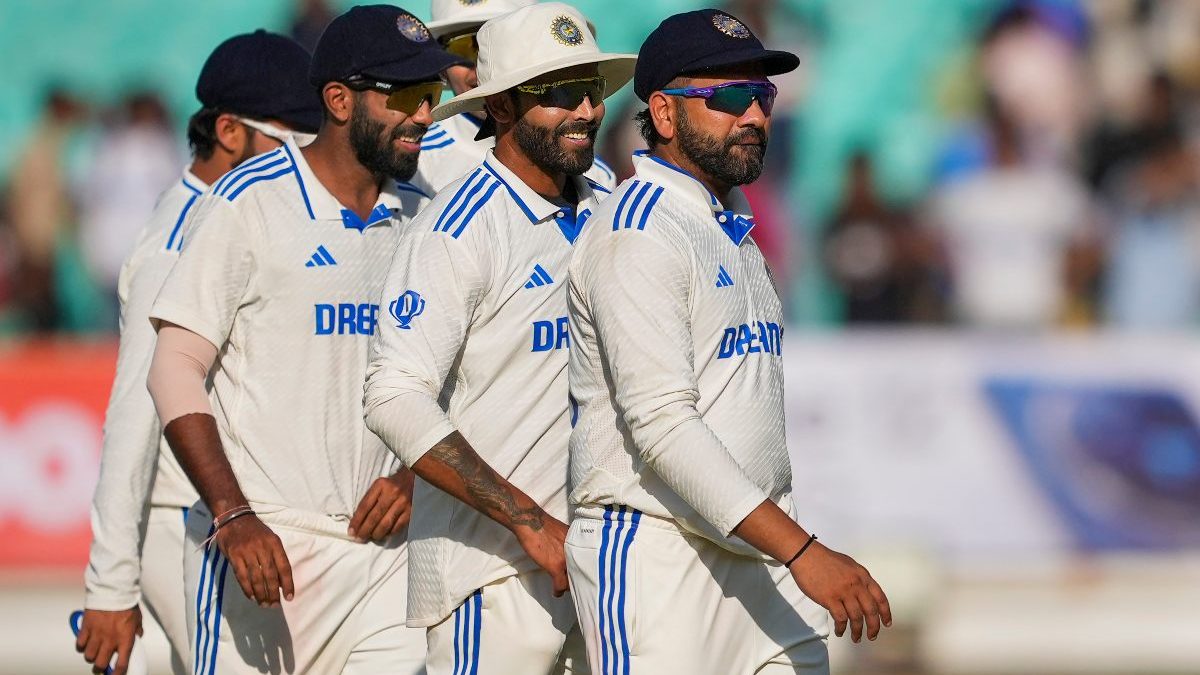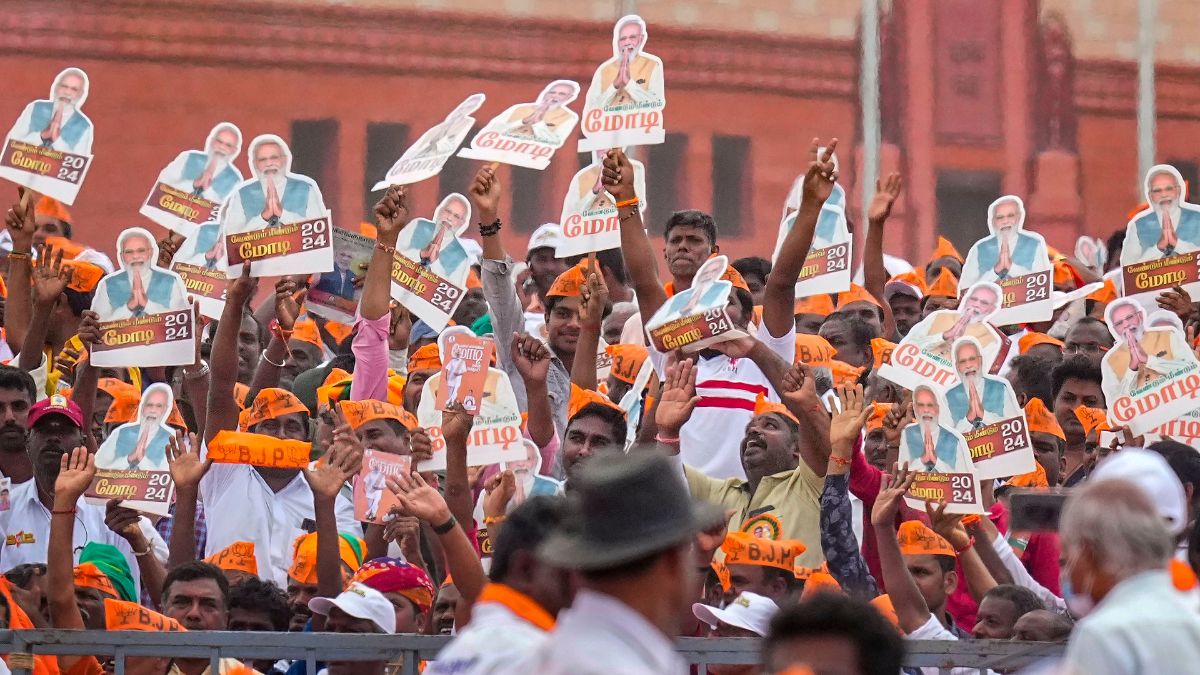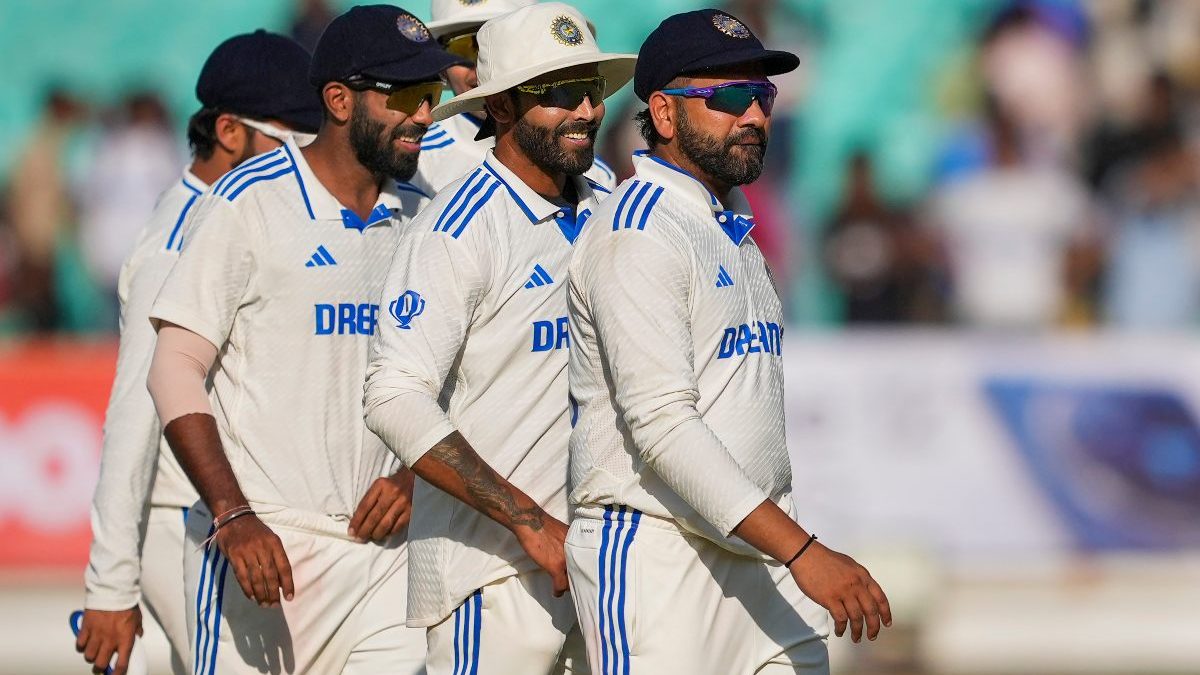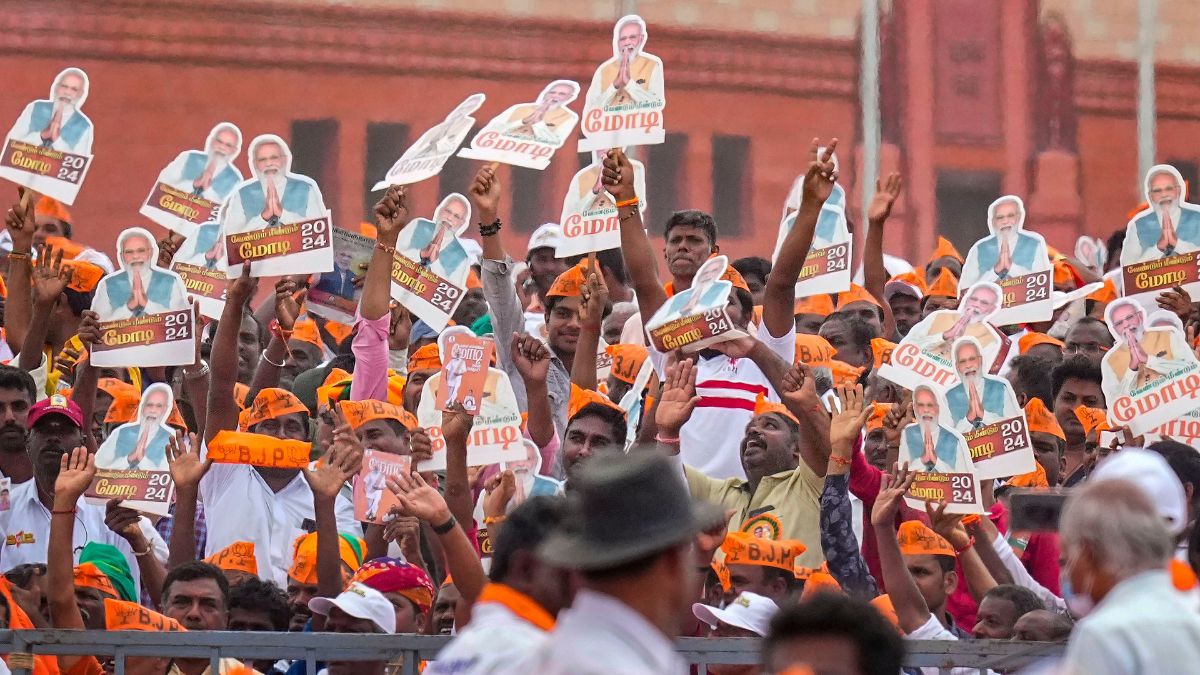By Chetan Narula at Lord’s
Mahendra Singh Dhoni thinks of international cricket as a ‘process’. It is a pretty common word, defined as ‘a series of actions or steps taken in order to achieve a particular end’.
Yet there is something very peculiar about Dhoni’s usage of the same. In umpteen press conferences, before or after any match, he can be heard speaking the word, independent however, of its end-point.
Take for example, his media session after India had lost the two-Test series in New Zealand earlier this February.
“I am someone who speaks more about the process rather than thinking about the results,” he had said, when asked about India’s failure to win in Wellington and losing the series 1-0.
For the record, it was India’s 14th consecutive overseas Test without victory. This barren spell stretched back to June 2011, when the team last won at Kingston versus West Indies. Counting the first Test at Nottingham then, that made it a 15-Test dry-run.
Dhoni has led the team all this while – particularly the 8-0 fiasco in 2011-12 – and for a captain to come out and imply that ‘results’ don’t matter much is simply absurd. But was he wrong? Victory at Lord’s must have tasted very sweet for this young team.
It was the first time since 1986 that they won a Test at this ground, and only their second win in 17 Tests here. Most importantly, it was India’s first overseas Test victory in 16 Tests, quenching a three-year-old thirst.
It was also the first time India won a Test match without any of the big five: Rahul Dravid, Sourav Ganguly, VVS Laxman, Anil Kumble and Sachin Tendulkar; the time-period stretching back to 1989 when Tendulkar made his debut.
The aforementioned facts bring the transition phase into play at this juncture. It was a painful time for Indian cricket when they couldn’t get anything done right in the Test arena, whether at home or in overseas conditions.
The 2-1 series loss to England at home in 2012-13 was a further embarrassment on 8-0. Perhaps this is where a little bit of perspective is needed.
“I don’t believe in comparisons. If you see this team (playing eleven) or the 18-man squad from back then, almost the entire team is now different,” said Dhoni after the 95-run win.
There is indeed a need for detachment from those transitional times. During the 8-0 thrashing, India didn’t come close to winning a single Test. It was in the first two Tests on the England tour that they had a little sniff and the game could have gone in a different direction.
Back in 2011, at the first Test at Lord’s, Zaheer Khan got injured after the hosts were 62/2 at one stage and even then were reduced to 270/5 later, before Matt Prior rescued them. At Nottingham in the second Test, the two teams were equally-matched after the first innings before Ian Bell scored 159 runs in the second.
And there is no point even talking about the four Tests in Australia because there the team never got in such a position to even slightly bother Michael Clarke’s side.
In this light, that home series loss to England is an important marker. The fact revealed itself to Dhoni that India needed a change-around to get 20 wickets even at home. He deployed five bowlers in that drawn fourth Test at Nagpur. With better personnel in the ensuing home series against Australia, the results were different.
Against teams that are weak against spin, India can still get away with four bowlers at home, like they showed against New Zealand (2011) and West Indies (2013). But a change was needed abroad, the seventh batsman playing as a safeguard against a top-order collapse needed to go.
This realization dawned from the trips to South Africa and New Zealand. The two Test series therein might have been lost, but they were an immense education for a young team. People believe that India wasted two glorious chances of victory in Johannesburg and Wellington.
Truth told they were thwarted by two exceptional batting performances – the first by AB de Villiers and Faf du Plessis, and the second by Brendon McCullum. Perhaps their best chance had come at Auckland, where they fell short of the target by only 40 runs.
In that Test, India’s own mistakes cost them. There were two batting failures. A seventh batsman couldn’t save them because what hurt the most was poor bowling in the first innings. It was disappointing to see how the trio of Zaheer, Ishant Sharma and Mohammad Shami bowled on a pitch that had some juice in it. The small boundaries at Eden Park rendered the lone spinner Ravindra Jadeja useless.
Combine this loss with the two draws at Johannesburg and Wellington, and you will find that in the last six overseas Tests played, India have come close to victory five times. At Nottingham they had England on the ropes before that world-record stand between Joe Root and James Anderson saved the day.
This bowling attack without a clear leader bowled better on a flat track than the hosts’ led by the much-more experienced Anderson and Stuart Broad. They just couldn’t close their advantage down, just like in South Africa and New Zealand.
This is where Dhoni left his mark at Lord’s. The trap he set for the lower-order batsmen in the second innings worked. When Prior holed out in the deep to a short ball from Ishant, the jump of joy from Dhoni was unmistakable.
“It was difficult to convince Ishant to bowl short consistently or even get him bowl from round the wicket. I set the field for him so that he doesn’t even think of bowling full-up, so he was forced to bowl the length that I want him to bowl.
It worked and once he got Moeen Ali’s wicket, he was eager enough to try that line for consistent period of time,” said the Indian skipper of the short-bowling ploy.
Ali, Prior, Ben Stokes, Root and Broad – one after another, five batsmen fell to this tactic. It is a fascinating story, wherein India moved a step forward from almost-there and crossed the finish line. For once, the process found a happy ending.


)




)
)
)
)
)
)
)
)